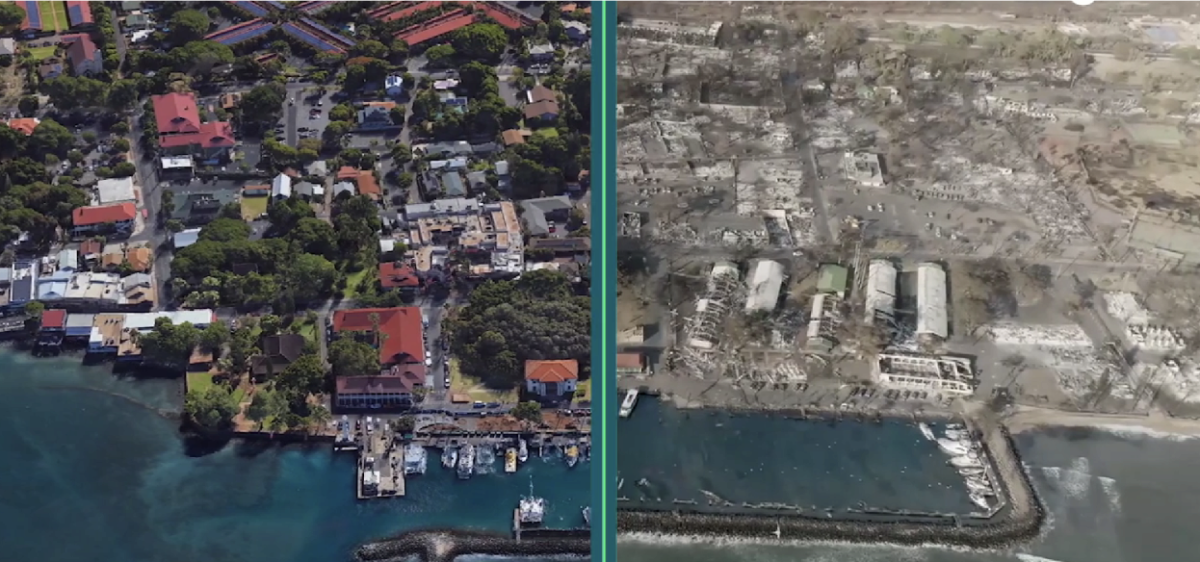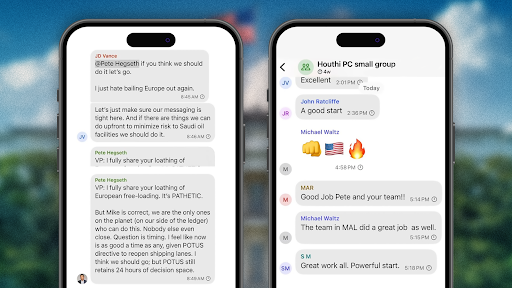Back in August, wildfires destroyed much of West Maui and Lahaina, Hawaii. The once beautiful paradise was quickly reduced to ashes, making these fires the third most deadly wildfire in U.S. history (history.com). Now, crews have been busy trying to restore the burn zones, but this tedious, though necessary, process is projected to take months, effectively placing life in Maui on hold (npr.org).
One of the biggest outcomes of the wildfires was the suspension of tourism, which is the largest source of income in Hawaii’s economy – tourism. Following the wildfires, tourists were immediately sent away. Not only did Maui need time to grieve and repair itself, but tourists also didn’t want to vacation in a bereaved place. Now, however, officials are begging for them to come back. Without tourists, people are starting to lose their jobs and are struggling financially.
Although most of West Maui and Lahaina are closed for all non-essential travel, the rest of Hawaii is in perfect condition. In a tweet from the Senator of Hawaii, Brian Schatz, he wrote, “Maui update. South Maui resorts (Lahaina is West Maui) NEED visitors. Furloughs and layoffs start because people think the whole island is closed. It is not. If you are planning a trip to Wailea or Kihei, don’t cancel. If you want to come to Hawaii pls consider South Maui” (forbes.com).
Meanwhile, the schooling situation is also going downward again. Although many schools are on track to start up again after the fall break, some have been entirely destroyed. As a result, these schools have been combining with others in an effort to keep their students in the classroom and learning (abcnews.go.com). An anonymous Ramapo freshman remarked, “It really is awful for those students. We all know how it felt to be sent home after Covid in 2020 – there was so much fear of the unknown. Now, it’s like these people are facing that fear again.”
In an effort to help the schools in Maui, the Ramapo student government will soon be trying to collect a $25 Amazon gift card from each homeroom. This money will be donated to any schools in Maui, affected by the wildfires, that are struggling to get up and running.
While the material impacts have been beyond devastating, it’s possible that the emotional aftermath is even worse. In many cases, people lost almost everything – they only saved what they could carry in a short amount of time. Countless people have sought refuge in community shelters, with friends and family, and even with complete strangers.
Some people have decided to move to the mainland in hopes of a fresh start and leaving behind the tragedy. National NPR correspondent Adrian Florido recorded an update from Hawaii politician Makani Christensen, who reported, “A lady was out there with her two kids, no slippers. And I looked at her, I was like, hey, are you OK? What do you need? She lost everything. And she says, no, I’m OK. I’m leaving in two days. You know, so it’s happening, man. It’s 100% happening. Guys are leaving, and they’re not coming back” (npr.org).
The wildfires in Lahaina have already been recognized as the deadliest fire in the U.S. in over a century. Both the death toll and the missing persons list are not entirely certain, and people suspect that some remains may never be found. How exactly did this level of devastation come to occur?
Officials are not entirely sure of what happened, but most can agree that climate change played a role (nytimes.com). Ms. Angerson, a science teacher and advisor of the Environmental Club at Ramapo, explained, “People had been saying for weeks that Maui’s drier conditions were perfect for a wildfire. Even since the 1990s, the amount of rainfall on Hawaii has been decreasing. You also have to consider that fire is a part of nature, regardless of whether or not humans are around; they can even happen spontaneously. I just hope that, while West Maui is rebuilding, that they’ll find some way to mitigate the danger because what happened in Lahaina was just awful.”
There are several ways to prevent wildfires from spreading, including fire and fuel breaks. Fire breaks are bands of bare soil, while fuel breaks are bands of land with minimal greenery, though both designs accomplish the same goal of reducing the amount of power that the fire can gain. While Hawaii does utilize fire and fuel breaks, many have not been maintained, and there are often large gaps between them. Why, then, are these preventative measures not being properly implemented?
Unfortunately, there has been a lack of consideration and a shortage of funds to support the creation and maintenance of 350 miles of firebreaks. Moreover, the land on which fire breaks would have to be built is owned by a variety of people, which means that everyone would have to be in cooperation. Despite these challenges, people are optimistic and believe that the fire breaks are quite attainable, should the work be put in. As stated by Hawaii Representative David Tarnas, it’s imperative that people step up to the plate to make change happen (civilbeat.org).






